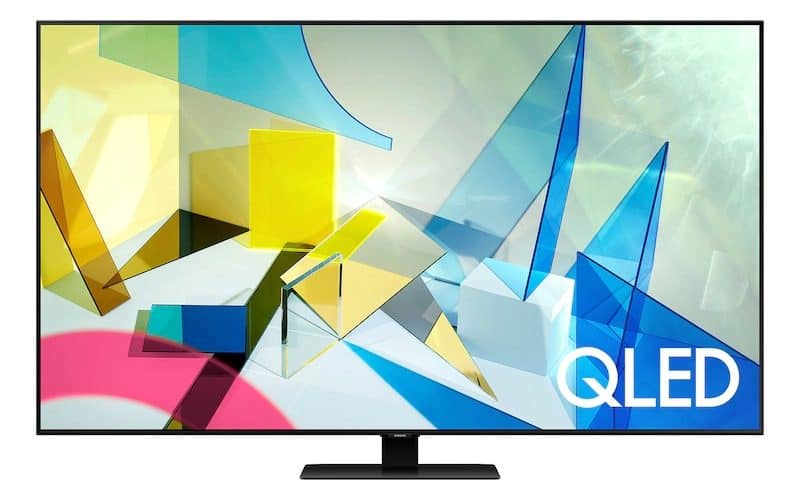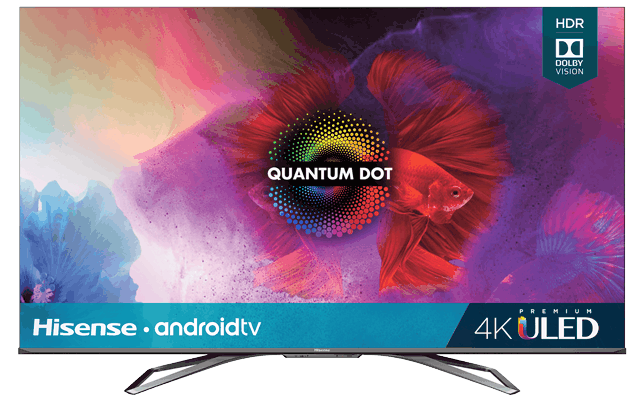Hisense’s budget-friendly models have helped the brand become a favorite choice of many consumers around the globe. Contrarily, Samsung’s technologically advanced TVs have positioned it as a high-end manufacturer with pricey products.
Keeping this in mind, in this Hisense vs Samsung matchup, we’ll put an affordable brand against a premium one to determine which is the better choice based on your requirements and budget.
Hisense vs Samsung – Quick Comparison
Hisense started as a radio manufacturer in 1969 in Qingdao, China. Soon after, the company began producing TVs and quickly became one of the largest TV manufacturers in the country. Since 2004, Hisense has maintained the top spot in the total market share in China. The company has made a bigger push in the global market in the last decade, promoting itself primarily through major sports events, most notably as the main sponsor of large soccer events like the UEFA Euro Cup and the FIFA World Cup.
Samsung has been in the business for a few decades longer than Hisense, founded in 1938 in pre-WWII South Korea. Since then, it has grown into one of the most recognizable and profitable brands worldwide. Samsung TVs are widely regarded as top-quality products with a premium price tag.
Features Face to Face
Panel Technology
Hisense TVs come with a wide variety of panel types. You can find models with ULED, QLED, and even OLED panels technology. This means that you can pick from a wide selection of panel types if you decide on a Hisense TV. Conversely, Samsung TVs only use the company’s proprietary QLED technology.
Image Processor
Most Hisense TVs employ a Quad-Core processor for all image processing tasks. This processor possesses a 4K upscaling ability and can decode a long list of video formats. However, the Quad-Core processor isn’t quite up to speed with what Samsung offers on this front.
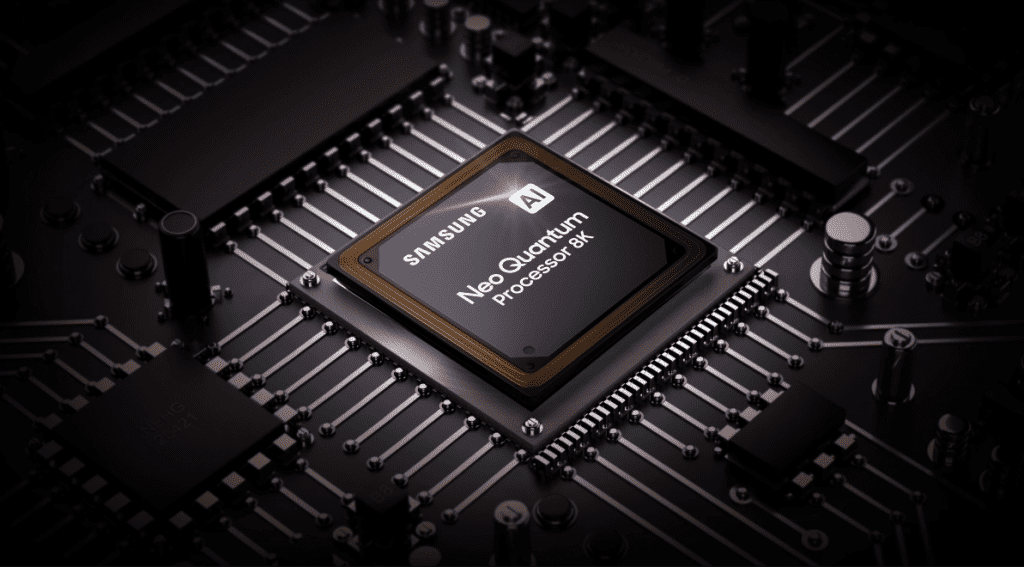
The South Korean manufacturer puts a cutting-edge Neo Quantum Processor into all of its newer models. This sophisticated processor can do everything Hisense’s processor can and also comes with advanced AI upscaling and other technologies that help deliver high-impact images.
Motion Technology
Modern Hisense TVs have excellent motion handling technology, on par with the more expensive Samsung models like the Q80 and the Q90. Although response times will vary between models, medium and high-end models from these two brands can fully transition between pixels in around ten milliseconds or less. This means that Hisense and Samsung are equal performers in this aspect.
Picture Quality
With Hisense being an affordable brand and Samsung a premium one, there are undoubtedly discrepancies between the two manufacturers in terms of overall picture quality. To highlight the differences and similarities between the two brands, we’ll do a Hisense vs Samsung picture quality comparison across six different categories:
Contrast Ratio / Black Level
Samsung TVs generally deliver an excellent native contrast ratio, which you can additionally improve through local dimming. With this in mind, Hisense TVs hold their ground very well in this category. Models like the H8G and the H9G outperform even some more expensive Samsung TV sets. Looking at this category, Hisense and Samsung TVs are reasonably evenly matched in their contrast ratio properties.
Local Dimming
Many Hisense and Samsung TVs offer local dimming support and come with a full-array backlight configuration. In this sense, Hisense and Samsung models generally offer very similar local dimming properties. They display minimal blooming and excellently handle subtitles. Keep in mind that the local dimming performance will vary depending on the model.
Peak Brightness
For a budget brand, Hisense provides excellent peak brightness. In some Hisense vs Samsung model comparisons, you can find comparably priced Hisense models that outperform their Samsung counterparts in peak SDR and HDR brightness levels.
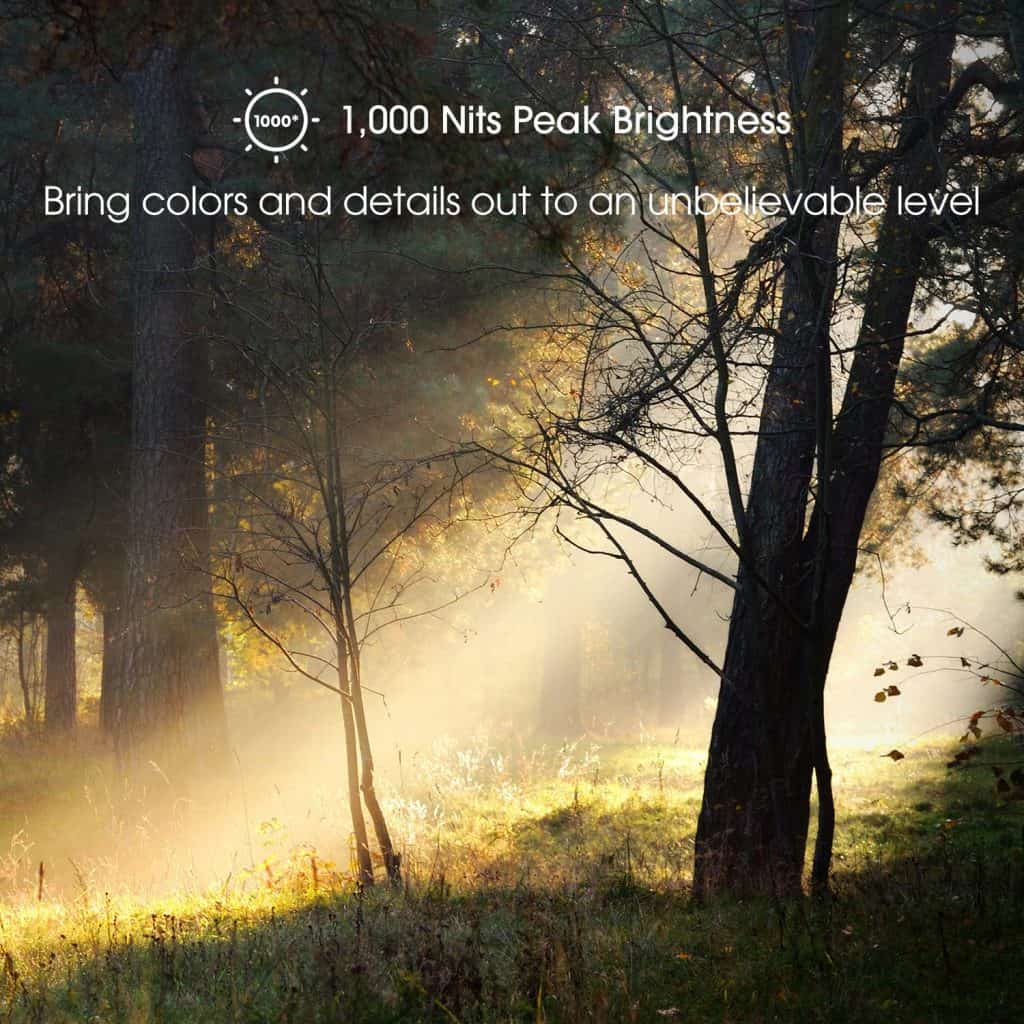
However, since Samsung offers a wider selection of premium-priced TVs, you can find models that offer better SDR and HDR peak brightness values. To get a better idea of the peak brightness value Hisense and Samsung TVs can deliver, here’s a comparison table of two similarly-priced sets:
| Peak Brightness Measure | Hisense H9G 2021 | Samsung Q80T 2021 |
|---|---|---|
| SDR Real Scene Peak Brightness | 620 cd/m² | Around 430 cd/m² |
| SDR Peak 2% Window | 845 cd/m² | Around 535 cd/m² |
| SDR Sustained 100% Window | 575 cd/m² | Around 422 cd/m² |
| HDR Real Scene Peak Brightness | 730 cd/m² | 720 cd/m² |
| HDR Peak 2% Window | 860 cd/m² | Around 525 cd/m² |
| HDR Sustained 100% Window | 645 cd/m² | Around 435 cd/m² |
| Price | Check Price on Amazon | Check Price on Amazon |
Color
Hisense and Samsung models have similarly excellent wide color gamuts and rich color volumes. Although the more expensive Samsung models outperform Hisense TVs in this regard, medium-range models from the two manufacturers offer very similar coverage of the DCI P3 color space. They can excellently display deep and saturated colors.
Viewing Angle
Hisense TVs deliver mediocre viewing angles, making them unsuitable for wider viewing arrangements. They start losing their brightness and display gamma shifts when you move even slightly off-center. Even some of the manufacturer’s more expensive models like the H9F offer sub-par viewing angles.
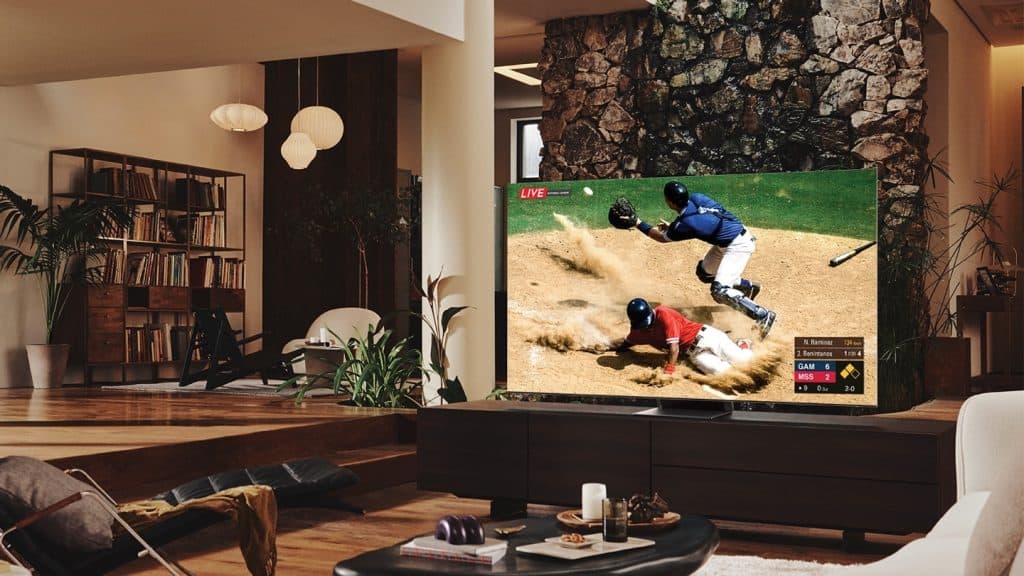
On the other hand, Samsung TVs have noticeably better viewing angles than Hisense models. This is partly due to the “Ultra Viewing Angle” layer that many newer models have. It helps improve the viewing angles at the expense of the contrast ratio. This tradeoff is well worth it, as Samsung TVs, on average, can maintain picture quality at far wider viewing angles than most Hisense models.
Reflections / Anti-glare
Although some Hisense TVs, like the H9G and the H9F, come with a glossy screen finish, most of this manufacturer’s models have a semi-gloss screen finish. The semi-gloss screen finish is the less preferred option, as it reflects a significantly higher percentage of total light that hits its surface.
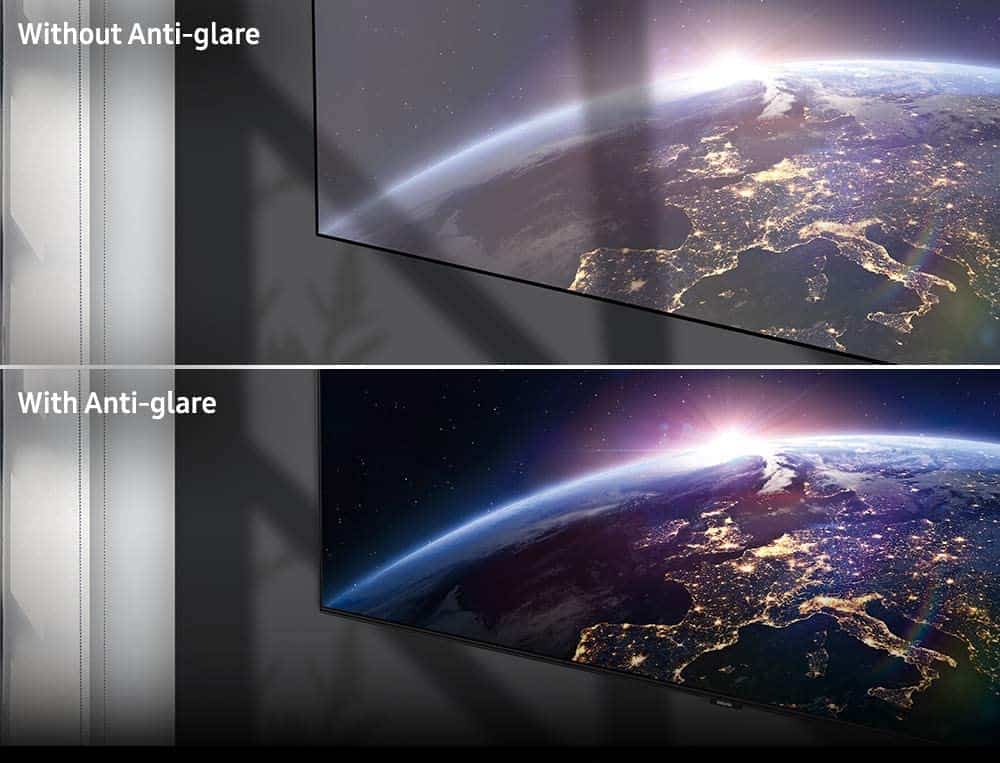
In comparison, most Samsung TVs have a superior glossy finish, which does a much better job blocking most reflections, reflecting only around one and a half percent of the total light.
Equally important, Samsung models with a glossy finish outperform Hisense models with the same type of screen finish, meaning that Samsung is the clear winner in this category.
Sound Quality
Both brands sell TVs that have at least average frequency responses and distortion performance. Both Hisense and Samsung include numerous audio enhancement technologies in their TVs. For Hisense, the two most notable technologies are DBX Total Sonics and DBX Total Surround. For Samsung, it’s their Object Tracking Sound technology.
Considering this, the differences in sound quality between various Hisense and Samsung models are negligible, particularly when comparing their basic budget models. The two manufacturers produce TVs with similar sound quality, ranging from okay to above average, depending on the specific model you pick up.
Smart TV Platform (Operating System)
Hisense TVs use the universal Android TV platform for all of their Smart TV models. In contrast, all Samsung Smart TVs use the manufacturer’s in-house TizenOS platform. Both are very capable, although Samsung’s OS platform is a bit better overall. To get a better sense of how the two platforms compare, here’s a Hisense vs Samsung OS comparison:
| OS Features | Hisense TVs | Samsung TVs |
|---|---|---|
| OS Version | Android TV | TizenOS |
| App Selection/Variety | 8/10 | 6/10 |
| App Smoothness | 6/10 | 9/10 |
| Ease of Use | 6/10 | 9/10 |
| Interface Layout | 7/10 | 8/10 |
We should mention that the numbers above give a general perspective of the two OS platforms’ performance traits. These numbers can vary from model to model, depending on the specific OS version that comes with the TV you opt for.
Connectivity
Modern Smart TVs serve for much more than just watching shows and movies, as many of them come with advanced connectivity characteristics. This is why it’s crucial to also do a Hisense vs Samsung comparison through their supported connectivity properties. With that in mind, we’ll compare the two brands through their featured wireless technologies, input specifications, and voice assistant capabilities.
Inputs
Input layouts and specifications are more subtle categories to pay attention to when picking a new TV. Because input specs can vary significantly from model to model, we’ll focus on two models in a fairly similar price range. Here’s a rundown of their input specifications:
| Input Ports | Hisense H9G 2021 | Samsung Q80T 2021 |
|---|---|---|
| HDMI Ports | 4 HDMI 2.0 Ports | 4 HDMI 2.0 Ports |
| USB Ports | 2 USB 2.0 Ports | 2 USB 2.0 Ports |
| Digital Optical Audio Out | 1 Port | 1 Port |
| Ethernet Port | Yes | Yes |
| Price | Check Price on Amazon | Check Price on Amazon |
The two models offer identical input characteristics and are similarly priced in this specific comparison, although the Q80T is still the slightly more expensive model. Additionally, the Q80T also offers input lag numbers that are slightly lower than the H9G’s models. This isn’t the case just in this comparison, but broadly across all Hisense and Samsung models. Although many Hisense TVs deliver excellent input lag times, Samsung models generally outperform them in this category.
Voice Assistants
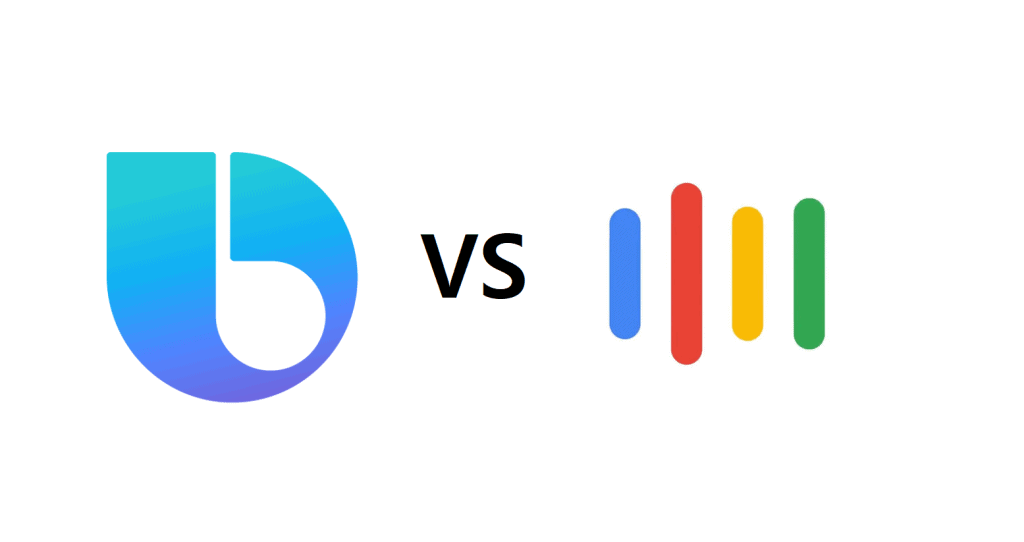
Since most Hisense TVs use the Android TV operating system, they support voice control through the very reliable Google Assistant. Some models also allow you to connect your Amazon Alexa and give out voice commands through a compatible Amazon Alexa device. This provides you with a solid selection of voice control options, primarily limited to what actions a specific Hisense model can perform through voice control.
Modern Samsung Smart TVs all come with the company’s Bixby voice assistant. This is a fantastic and very intuitive voice assistant capable of carrying out many simple control tasks. As is the case with Hisense models, many Samsung TVs also allow you to set up voice control through Amazon Alexa. With all of this in mind, the two brands are evenly matched in this category.
Wireless Technologies
There’s a universally adapted Wi-Fi standard that all TV manufacturers include in their modern TVs when it comes to supported wireless technologies. These are the 2.4GHz and 5GHz standards.
Additionally, in the context of this Hisense vs Samsung comparison, medium and higher-range models from the two brands also offer Bluetooth support. The Bluetooth connectivity support enables you to pair speakers, headphones, or any other device with Bluetooth support to enjoy a more convenient or immersive experience.
Standout Features
Looking at each manufacturer’s standout features in this Hisense vs Samsung, we can certainly emphasize a few fundamental differences. Gaming features like G-SYNC and FreeSync compatibility are only available in a handful of Hisense models. The same goes for VRR support. Only top-end Hisense TVs like the U8G come with such features. That said, many Hisense models support Dolby Vision, a feature not available in any Samsung TV.
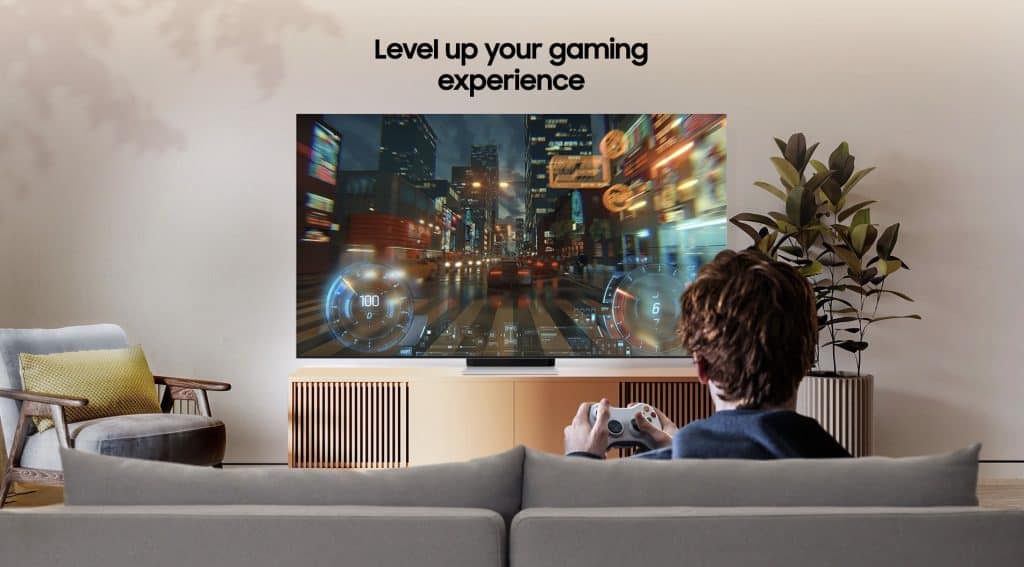
In contrast, many Samsung models include all three of these gaming characteristics, so you can enjoy variable refresh rate settings even if you opt for a mid-range Samsung TV. Additionally, while you won’t find any Samsung TV with a Dolby Vision feature, they come with HDR10+. This setting offers the same performance traits, so you’re not missing out on anything by buying a TV without Dolby Vision.
Price
Comparing Hisense vs Samsung through their price tags, the latter brand is noticeably more expensive. On average, Hisense models are at least several hundred dollars cheaper than their Samsung counterparts.
And, when you consider that they have roughly the same features, Hisense TVs are a clear winner in this category. If you’re shopping on a budget but still want a TV with solid all-around characteristics, Hisense models are the preferred option.
Conclusion
To sum up this Hisense vs Samsung article, we want to highlight that the two brands are both very reputable, and you won’t make a mistake by choosing one over the other. It’s also clear that Hisense is the more budget-friendly choice in this Hisense vs Samsung comparison. Still, many of its high-end models are excellent for anything from watching movies and TV shows to HDR gaming.
In comparison, Samsung TVs have some enhanced performance features and generally deliver better picture quality. There’s also no arguing that Samsung TVs are more durable than Hisense models. You can also expect to pay more for the name you’re buying, even if you get a mid-range model.
